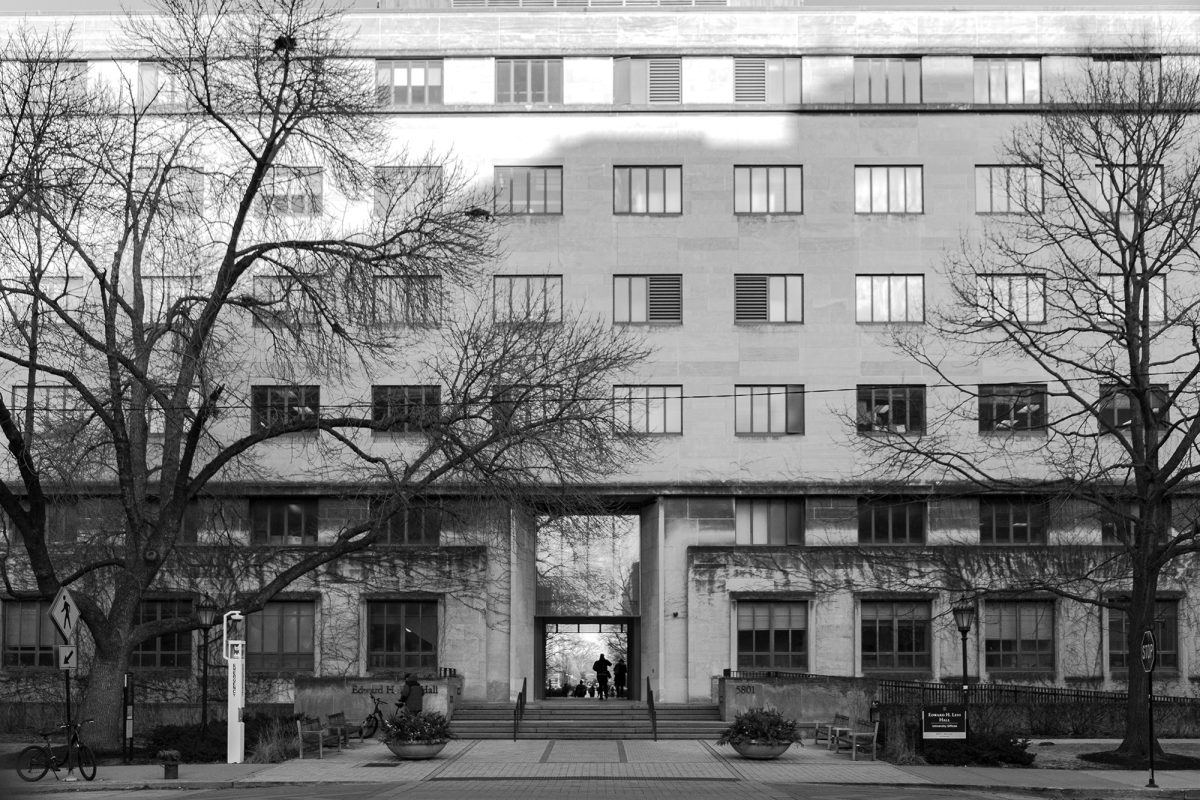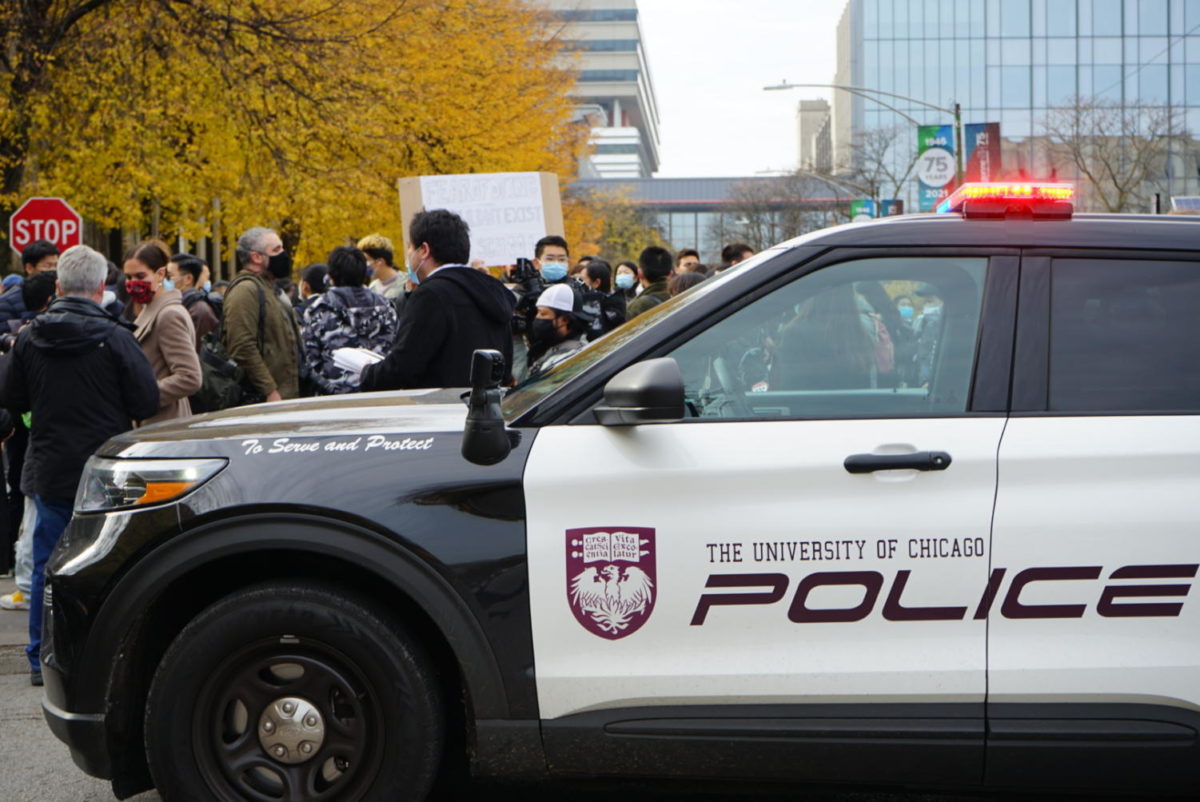This is not a normal quarter. Students and faculty who would otherwise be living and working on the same campus are attending classes from all parts of the country and world. Moreover, not all have access to the internet, academic resources, and the time resources campus provides in a typical quarter. Many have responsibilities at home that can interfere with coursework and synchronous class time.
Faculty and departments must approach this quarter of remote learning directly for its atypical nature. Holding time-sensitive in-session assessment and requiring students to turn on their cameras during classes, when many are unable to do so, are stringent academic arrangements.
The Division of the Humanities has exemplified a versatile balance between synchronous and asynchronous learning. All departments under its jurisdiction required professors to send out surveys and orient their courses around online learning rather than orient online learning around a regular course structure. For online classes to work successfully for all students, professors and departments must practice leniency.
Creative writing courses are demonstrating a flexible combination between synchronous and asynchronous learning. This is largely in part due to the combination of the department requiring professors to send out accessibility surveys and recommending shortened class times. Creative Writing courses typically meet for two hours and 50 minutes once a week, but professors were requested to reduce synchronous learning activities in favor of asynchronous activities.
Along with shortened course meetings, some professors have created Slack channels or Canvas pages for their classes to engage in discussions over the duration of the course and avoid lengthy-time mandated sessions. This shows that rigor need not be sacrificed for flexibility—it needs to take a different form.
In addition, professors are handling individual circumstances on a case-by-case basis. One professor created a fully asynchronous approach for an international student in her workshop to engage in the course. This approach entails writing remote discussion posts, watching recordings of the synchronous discussions, and providing classmates with extensive feedback. By creatively approaching this situation, the professor has created a unique academic space for her students.
The asynchronous discussions of the creative writing department promote an extended form of dialogue and digestion that synchronous learning cannot. One student vocalized their appreciation of these remote discussions, describing that they have “more freedom to really sit with observations to a point that enables them to respond to it and develop it in ways they might have not had the bandwidth for in the middle of a remote seminar.”
Yet, many professors are not ensuring that students have an equal opportunity to succeed. Requirements in real time, such as live quizzes taken over Zoom, are far more challenging for students living with poor internet or in different time zones. To make matters even more stressful, students who fail to submit the assignment on time due to a technological malfunction or poor connection risk an automatic zero on the assignment without recourse.
Making students “go live” in lecture or enable both their microphone and camera, should not be a requirement for any class, as it fails to acknowledge that students’ living situations also vary widely. While it may be recommended in order to mimic an in-class learning environment, requiring students to have the bandwidth to be constantly uploading their video feed is the same as requiring students’ parents to be wealthy enough to afford a consistent high quality internet connection in order for their children to take classes. With multiple family members in classes or doing remote work simultaneously, not all students are able to find a quiet place in their household for the duration of an entire live lecture or discussion, even if they can afford a functioning internet connection.
For international students, introducing more asynchronous class components is a matter of decency. Students who have to be up at all hours of the night in order to make a live class in Chicago are in a far more difficult position than their peers who live in a closer time zone. Moreover, asking these students to be studying at odd times of day or night may also disrupt their families and other commitments they have during daylight hours in their time zone.
Ultimately, it's incumbent on instructors to understand their students' material and emotional situations and design their classes so everyone has a fair opportunity to engage.
We recognize that for discussion-based seminars and labs, the transition to asynchronous learning requires innovative approaches.
Professors can create discussion threads on Canvas and Slack, giving students a way to still engage in back-and-forth discussions and arguments. Physical Science courses are offering this model, encouraging students to work collaboratively on remote labs and engage in discussion through Slack forums.
It goes without saying that there is tremendous value to real-time discussions. However, given the circumstances, the value of that real-time format is diminished when all students cannot equally contribute to a live discussion due to the resources, or lack thereof, available to them. Offering asynchronous learning opportunities provides all students a way to contribute to discussions.
Professors teaching lectures with hundreds of students cannot be expected to make the same type of case-by-case arrangements as the creative writing department, with its 12-person classes. However, they can still practice flexible instruction by allowing students to take assessments when it is best for them and understanding that not all students will be able to attend every class meeting with their camera on.
Departments have the opportunity to prove that our academics can be rigorous but also considerate of students and faculties’ resources and circumstances. For students and classes to thrive, UChicago must position its courses around remote learning in a versatile manner.








